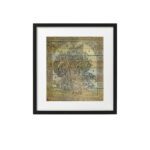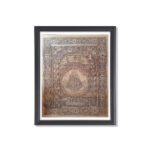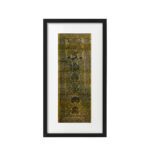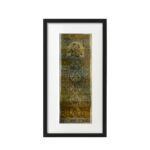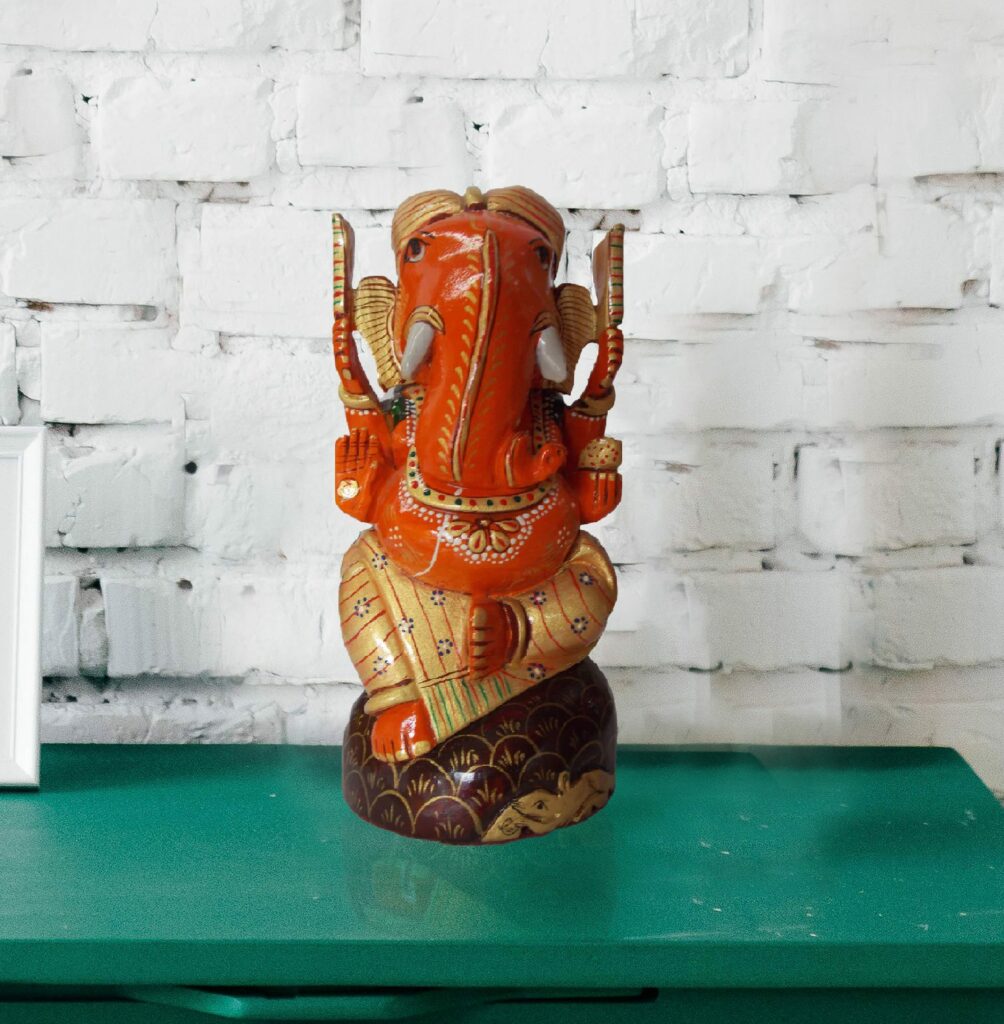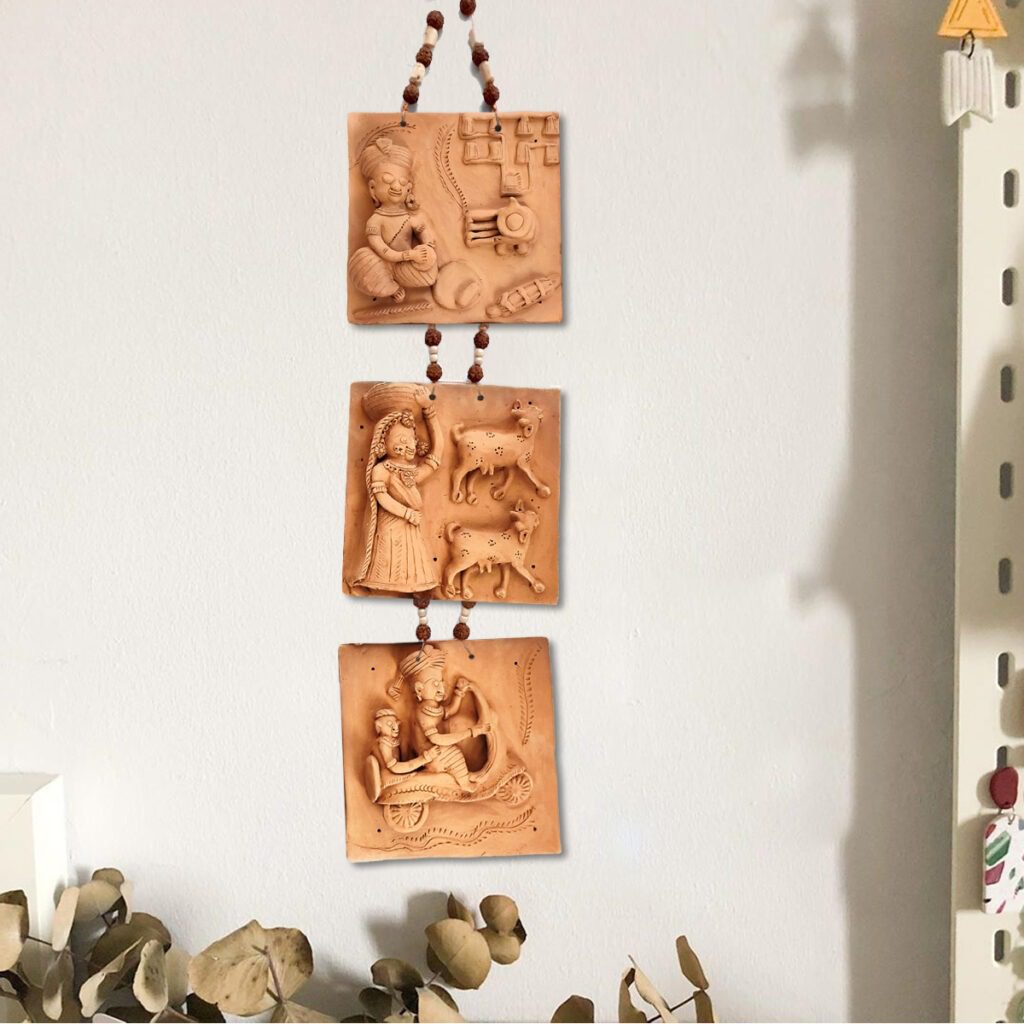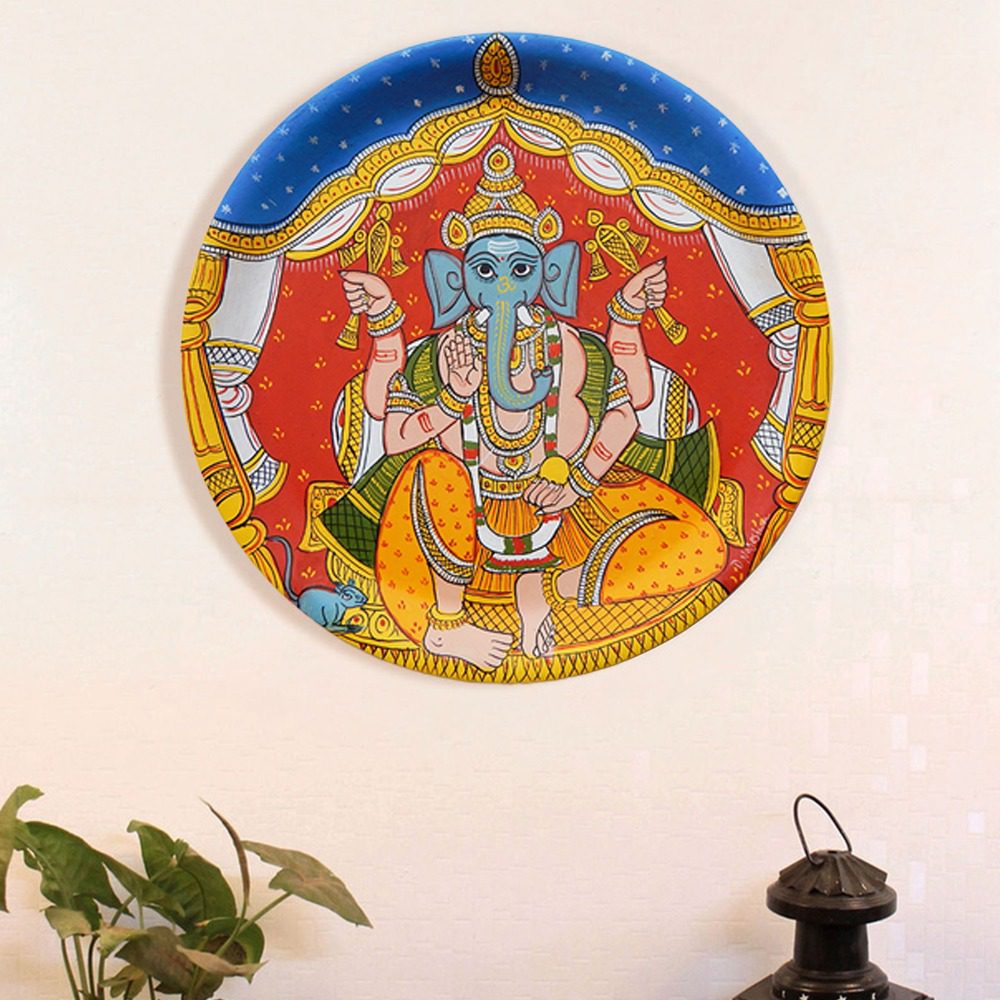{{ ... }}
CATEGORIES
- All
- Abstract Art
- Batik Painting
- Bhil Tribal
- Bihar Art
- Cheriyal Painting
- Cheriyal Plate
- Chhau Art
- Clay
- Coconut Shells
- Diwali
- Dokra Art
- Featured
- Furniture
- Ganesha
- Gond
- Gond Art on wood
- Gond Painting
- Graphics
- Gujarat
- Home
- Indian Art crafts
- Indian pinting forms
- Inlay
- Interior
- Kaavi Art
- Kaavi Painting
- Kachchhi Mud & Mirror work
- Kangra Painting
- Karnataka
- Kitchen ware
- Lamp
- Madhubani painting
- Maharastra
- Manjusha Painting
- Miniature Painting
- Mithila Painting
- Mix Media
- Mural
- Murals
- Mysore Traditional Paintings
- Natural Clay
- Natural Color Painting
- Odisa
- Orrisa Art
- Paintings
- Palm leaf
- Pattachitra Odisha
- Phad Traditional Painting
- Pichwai Painting
- Plate
- Rajesthan
- Rare Arts of India
- Rogan Art Painting
- Saura Tribal Painting
- Sikki Art
- Stone Carving
- Sujni Art
- Telangana
- Terracotta
- Terracotta molela
- TIKULI ART
- Tikuli Art
- Tribal Art
- Uncategorised
- Uncategorized
- Village art
- Vintage Paper art
- Wall Hanging
- Warli Painting
- West Bangal
- Wood Art
- Wood Carving
- Wooden
Pattachitra
Pattachitra is a traditional art form that has its roots in the Indian state of Odisha. The name Pattachitra is derived from the Sanskrit words “Patta” meaning cloth and “chitra” meaning painting. These intricate paintings are typically done on cotton or silk cloth and are known for their intricate designs and vibrant colors.
The process of creating a Pattachitra painting is highly detailed and time-consuming. First, the cloth is coated with a mixture of chalk and tamarind seed paste, which is then polished to create a smooth surface. Next, the artist sketches the design onto the cloth using charcoal or pencil. The painting is then filled in using a fine brush and natural pigments, with each color applied in layers and allowed to dry before the next layer is added. The result is a highly detailed and visually stunning piece of art.
Pattachitra paintings often depict scenes from Hindu mythology, with images of deities like Lord Jagannath, Radha-Krishna, and Lord Ganesha being popular subjects. These paintings are not only works of art but also serve as a means of storytelling, conveying cultural and religious beliefs and values.
